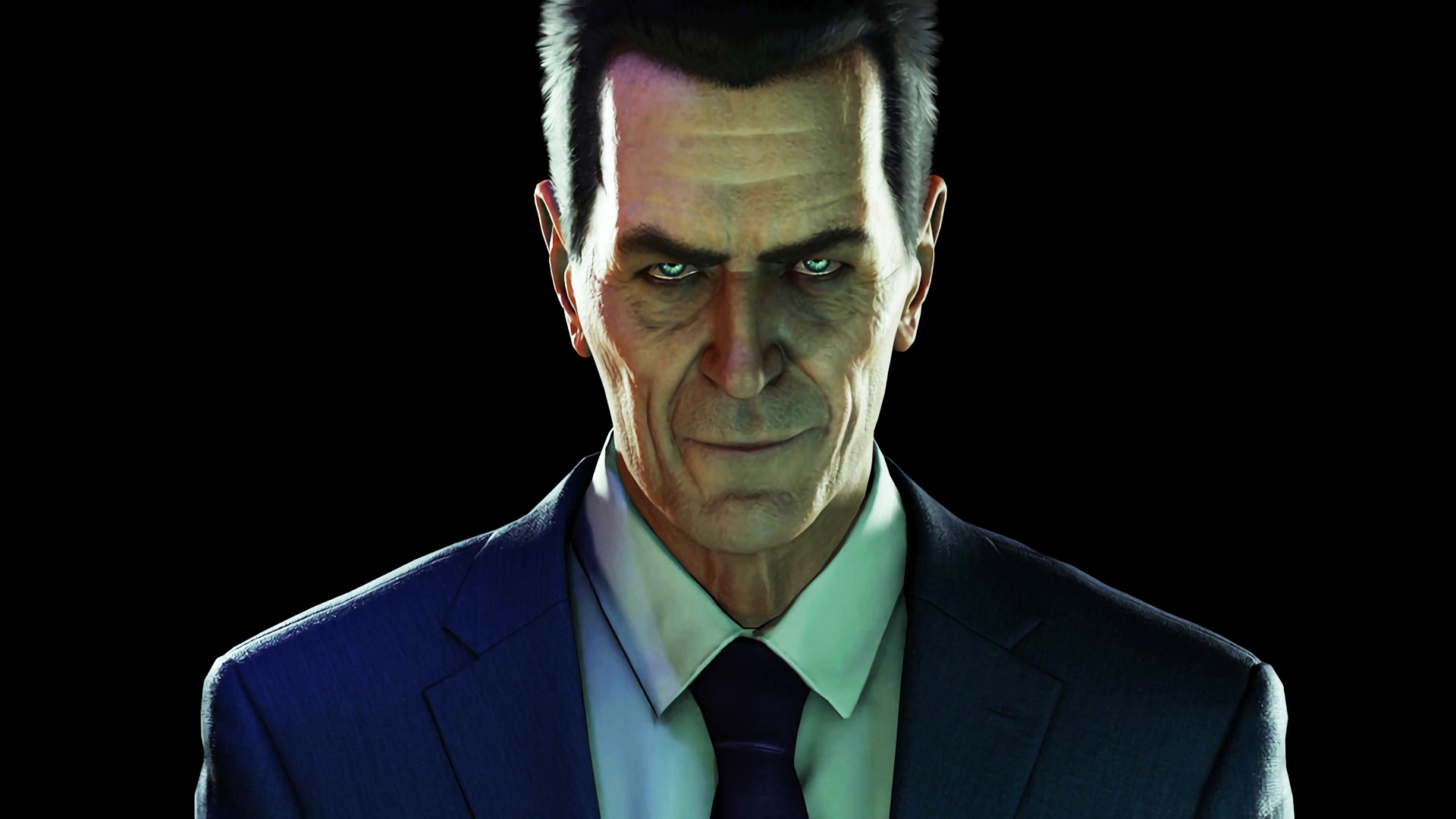When questioned about explaining why Valve did not create Half-Life 2: Episode 3 for the recent 20th-anniversary documentary, Gabe Newell said he couldn't understand why filming Episode 3 would move things forward.
According to the co-founder of Valve, the Half-Life series must not only continue Gordon Freeman's narrative but also advance it further. videogames Whether it moves things along in some capacity, then, if Half-Life 3 were to happen (or Episode 3, though that train might have left the station), what exactly would it advance?
The question remains as difficult to address now as when Valve decided to cancel Episode 3.
The initial release of Half-Life revolutionized storytelling within video games, building upon the narrative possibilities for first-person shooters that had been merely suggested by titles like Unreal. It was almost indisputably groundbreaking in this aspect. best game In its time, it was groundbreaking. Then Valve managed to outdo themselves once more with Half-Life 2, setting new standards for narrative first-person shooters through innovative physics mechanics and high-quality dramatic storytelling.
In conclusion, even though it wasn’t the major installment fans may have anticipated, Half-Life: Alyx proved to be another addition. technological marvel That assisted in demonstrating the capabilities of VR.
Assuming that 'VR again, but even better' is not the approach being considered for whatever follows the next Half-Life installment (even though rumor has it Given that Valve has an all-in-one headset in development, there are several potential areas where their focus might lie when it comes to technological advancement.
More than ten years ago, Valve experimented with the concept of biofeedback In games, an concept that continues to predominantly surface in playful trinkets nowadays, although it's gaining more traction The most notable demonstration from Valve involved a prototype for Portal 2 that utilized eye movements to adjust the game’s viewpoint. Additionally, they experimented with a version of Left 4 Dead 2 that adapted enemy encounters based on players' stress levels. Despite being outdated technology, this mirrors the experience of virtual reality, which has faced a prolonged and gradual path towards becoming widely popular.
Then we have the more contentious contenders. Artificial intelligence for generation purposes is quite prominent nowadays, and although its uses within gaming up until now have largely taken the shape of empty promises There have been several conversations regarding the potential applications of AI technology. assist development in a reflective, moderate manner.
Efforts have also been made to integrate generative AI directly into video games, like so The artificial intelligence non-player characters that Nvidia has demonstrated. , but Valve would have to make huge creative and technical leaps to get that kind of thing out of tech demos and into a game in a way that is actually good, especially in a series known for telling coherent(ish) narratives. Despite the breathless claims of the AI industry, we don't even know if such a thing is possible, even if Valve did secretly have some brilliant machine learning department.
Artificial intelligence still comes across as too experimental for Valve to heavily focus on; however, it makes sense to speculate that the company might be developing something connected to procedural content creation rather than relying solely on large language models or traditional machine learning techniques.
Cryptocurrency trading is another contentious new technology, and Valve does not permit it within Steam games since they have their dedicated Steam Marketplace. Therefore, it’s highly improbable that this would align with Valve's interests.

A hint could lie within Valve’s latest hardware advancements: the Steam Deck and the Steam Link. When contrasted with certain major industry patterns, game streaming and portable gaming appear to be enduring trends. However, envisioning their impact on shaping a future installment of Half-Life proves challenging; portables have existed for quite some years now. Still, considering Nintendo managed to convince me of the possibilities offered by Joy-Cons despite previous issues with motion controls, perhaps Valve has the ability to create groundbreaking experiences leveraging just what the Steam Deck's touchpads and buttons can provide.
I believe innovative control methods are always worthy of exploration, be it for a custom arcade machine or something like the Playdate’s. crank , and my instinct suggests that there must be something achievable only with a dual-trackpad-with-paddles configuration. Alternatively, upon further consideration, perhaps what Half-Life 3 truly requires is a crank mechanism.
Valve might be considering advancing certain aspects beyond just technology, such as design, narrative, or architecture, even though technological innovation has typically played a key role in Half-Life titles. The physics-based puzzles and character models resembling real humans in Half-Life 2 weren’t particularly noteworthy at the time of its release in 2004, yet these elements stood out back then.
If Half-Life 3 never comes out, the first two games will always remain classics. most celebrated and evocative games ever created, so it's hard to feel underserved. Let's just hope they get crank support soon.
Enjoying this piece? To read more articles like this one, follow us on MSN by tapping the +Follow button at the top of this page.


0 Comments